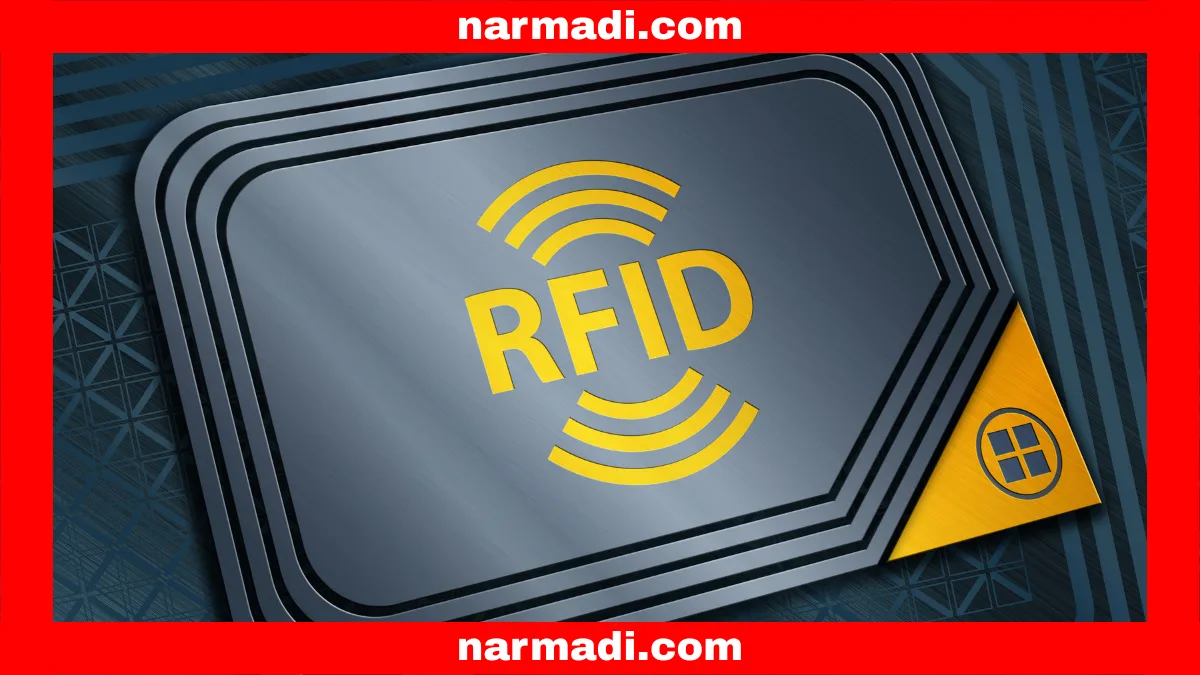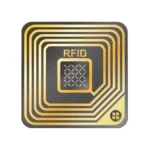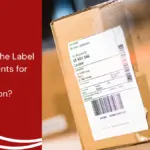Radio Frequency Identification (RFID) is a technology known to be useful for identifying objects using electromagnetic waves. The tags are the main component of this technology, which works by using radio waves.
RFID technology enables the identification and tracking of goods, assets, or people. The advantages offered by this technology are efficiency and ease of access without direct contact.
Are you familiar with RFID technology? Read this article to the end to learn about its definition, history, how it works, and regulations governing its use.
Also Read
Table of Contents
What is RFID?
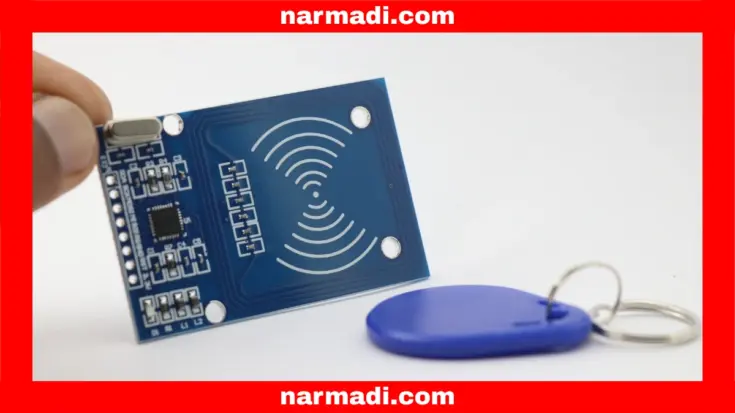
Radio Frequency Identification (RFID) is a wireless technology device that uses radio signals to identify specific targets or objects, as well as read and enter data. This device consists of two parts to operate, namely RFID tags and RFID readers.
RFID tag
A device attached to an object to be identified by the reader. Tags can be passive or active.
- Active tag: Has its own battery and can read and write data over long distances.
- Passive tag: Does not have a battery and obtains power from the radio signal emitted by the reader.
RFID reader
A device used to scan codes on tag devices. Like tags, readers also come in passive and active types.
- Active reader: Emits signals to activate tags and receives responses.
- Passive reader: Only receives signals from active tags.
History of RFID
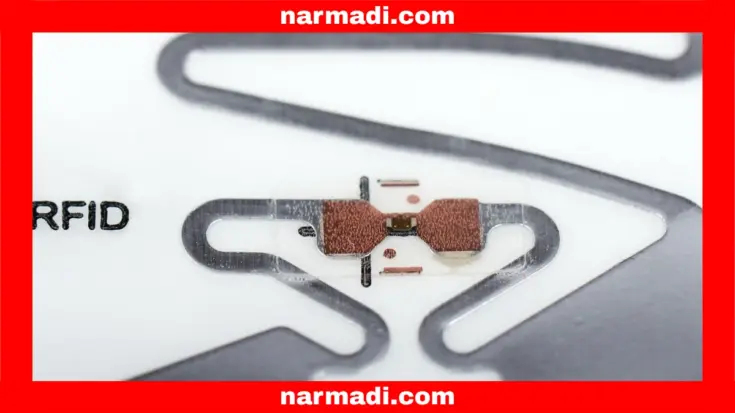
The history of RFID can be divided into three parts: its origins and initial concepts, development and patents, and standardization and adoption.
The technology emerged during World War II from the development of radar to identify allied fighter planes. In 1948, Harry Stockman published a theory about the possibility of sending data wirelessly, which became the basis for RFID. The development of passive began in the 1960s, leading to the emergence of various technological variations.
The first development of RFID resulted in an electronic toll system in 1973 by Mario Cardullo, who patented the first passive radio transponder with memory. In 1983, modern technology was patented by Charles Walton for its application in door lock systems.
The use of this technology expanded into various fields in the 1970s and 1980s. Its development included industrial asset tracking, nuclear fuel, and security systems.
In the 1990s, ISO and ANSI played an important role in focusing on RFID standardization to ensure interoperability. By 1999, efforts to standardize the system began at MIT.
RFID technology was increasingly adopted in the 2000s by large companies such as Walmart. Today, this technology has become an integral part of many aspects of daily life, from toll cards and attendance systems to contactless payment systems such as debit and credit cards.
How RFID Works
RFID devices can function if there are two components, namely tags and scanners. Tags containing chips are attached to objects that will be identified or read. Then the information stored in the tag will be transmitted via radio waves to the scanner. Here’s how it works in detail:
- The scanner sends an electromagnetic signal to the tag.
- This signal activates the chip in the tag.
- The activated tag chip sends the unique information stored in it to the scanner.
- The information in the tag is read or modified by the scanner.
- The information from the tag received by the scanner is sent to the system being used, such as WMS.
- The system becomes the processing and storage center for all information received from the tag.
This identification process can be done remotely, depending on the signal quality of the scanner and the type of tag used.
Challenges and Solutions for Implementation in Indonesia

There are certainly challenges that need to be addressed in implementing the technology. Particularly for its application in Indonesia, there are several solutions that can be implemented.
High implementation costs
The main obstacle to implementing this technology is the cost of implementation. RFID requires a large initial investment in hardware (tags, readers), software, and supporting infrastructure.
- Solution: Carefully calculate the costs and ROI (Return on Investment) and view it as a long-term investment.
Integration with legacy systems
The system needs to be connected to existing systems such as ERP or accounting systems. This can cause obstacles because it can be complicated if they are not compatible.
- Solution: Use middleware as a communication bridge between RFID and legacy systems. If necessary, work with an experienced system integrator.
Signal interference
RFID signals can be disrupted by materials such as metal or liquids. If disrupted, this can affect reading accuracy.
- Solution: Identify interference zones to adjust reader placement and orientation. Additionally, use anti-collision algorithms to further reduce interference.
Security and privacy
RFID data is vulnerable to hacking and theft. This raises concerns about the unauthorized tracking of sensitive data.
- Solution: Implement data encryption on tags, passwords for restricted access, and use a “kill switch” to deactivate tags if necessary.
RFID Regulations
An RFID technology, which operates within a specific frequency spectrum. In every country, all WiFi-based wireless devices are required to have Radio Frequency (RF) Certification.
RFID regulations require all radio frequency-based devices to meet certain technical standards before they can be sold in that country. This certification ensures that the product complies with government safety and quality regulations and does not interfere with other communication devices.
The certification process involves technical testing, such as frequency adjustment, safety checks, and compatibility with the surrounding environment. Once testing is complete, products that pass will be listed in a Test Report, confirming that they are safe and ready for sale. This report assures customers that the product meets technical standards and is safe.
For companies wishing to sell the technology, Product Compliance Specialists are available to assist with this process. This service includes preparing technical and legal documents, conducting the necessary testing, ensuring regulatory compliance, helping companies streamline the certification process, and providing consumers with confidence in certified products.

